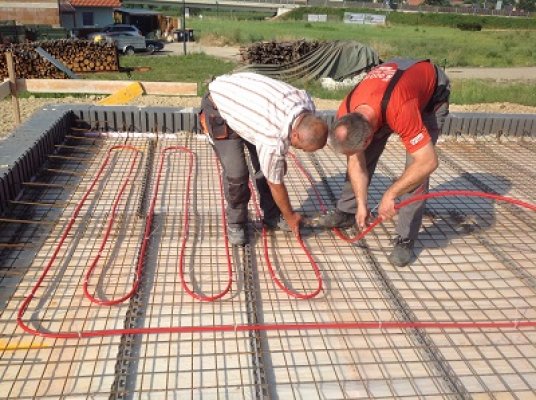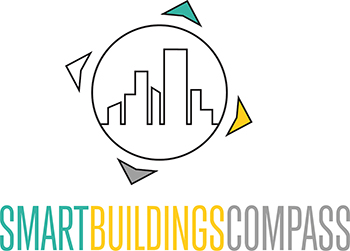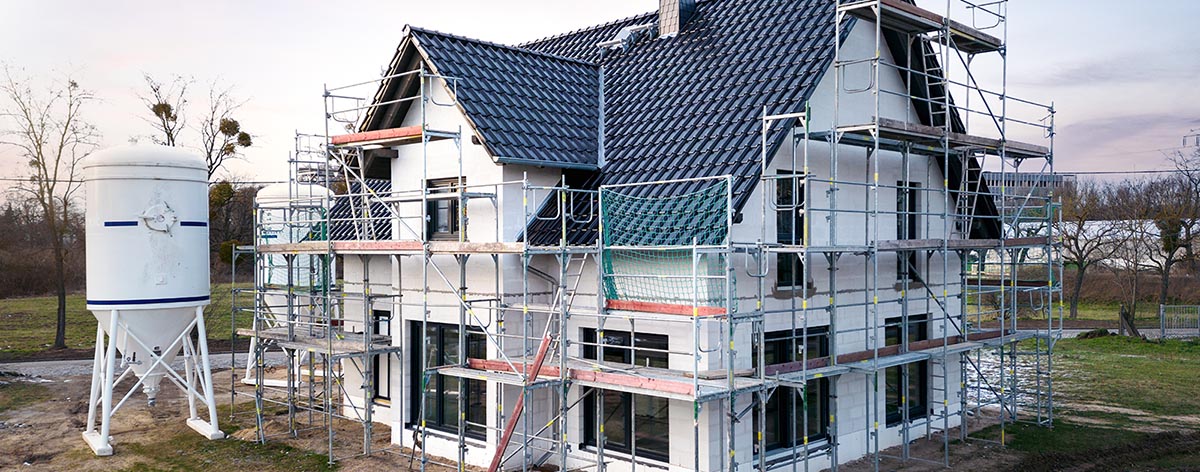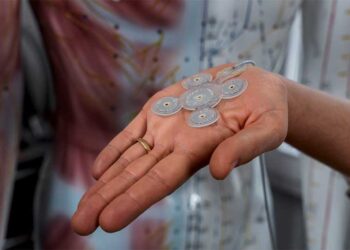A building that stays cool in summer and warm in winter without you having to constantly turn up the heating or air conditioning? A technology that reduces energy costs and is highly efficient? All this can be achieved with building component activation. In this article, you will learn how this method works, what advantages it offers and why it is the next big step in sustainable building climate control.
Why we are concerned with this topic: Older people feel less thirsty, making it harder for their bodies to compensate for fluid and mineral losses in summer. This can affect the kidneys, memory, digestion and blood pressure. A lack of fluids and low blood pressure also reduce physical resilience, making everyday movements such as climbing stairs, standing up or maintaining balance more difficult. Older people no longer work and spend more time at home; their home is often the center of their lives. In view of the increasingly frequent periods of heat, we are therefore also concerned with cooling and air conditioning in buildings.
We are facing another heatwave in Europe this week. Extreme weather is on the increase – including periods of heat. These are a particular burden for us humans, and in order to be able to deal better with these developments in practice, we will also have to take greater account of them in the area of construction and renovation.
In addition to heating technologies, we will also be integrating cooling systems into our buildings in future. These cooling systems are already increasingly being integrated into office buildings, but in apartments and private homes, cooling has been a challenge to date. Retrofitted systems are often expensive to operate as they consume electricity. In this context, we would like to introduce a method that is gaining in importance, especially in new buildings: component activation.
The building mass as a thermal store
At its core, component activation is about using building structures to store and release heat or cold. Imagine underfloor heating – and extend this concept to walls. The building mass is used as a thermal store, which enables the temperature of interior spaces to be controlled evenly and energy-efficiently.
A decisive advantage of component activation is its high energy efficiency. By using the existing building mass, energy consumption can be significantly reduced. The reason: due to the much larger transfer surfaces, component activation provides significant cooling or heating capacity to the rooms even with small temperature differences.
Not only is it climate-friendly, less consumption also means that this form of heating or cooling is also easy on the wallet, as operating costs are reduced. In times of high living costs, low running costs are an important factor in the decision-making process. This is why component activation is becoming increasingly important in practice.

How does thermal component activation work?
Component activation works like underfloor heating, but pipe systems are integrated in all concrete components, i.e. in the ceilings, walls or floors. A heat transfer medium – often water – flows through these pipes and is heated or cooled as required. Concrete is a very good heat accumulator and this property is utilized: The heat or cold stored in this way is then slowly released into the room, resulting in a comfortable room temperature. The building is thus cooled in summer and heated in winter, creating a pleasant indoor climate all year round.
The integration of component activation into the building design requires close cooperation between architects, engineers and construction companies. The architectural design must take the requirements of component activation into account from the outset, including the placement and alignment of windows and walls in order to optimize thermal loads. This means that for component activation to work in practice, it must be precisely calculated during the planning stage. Plus: The design of the building can also help to maximize the efficiency of component activation: For example, through the additional use of solar radiation or natural cooling through night air.
Heat is emitted over larger surfaces and leads to a more even temperature distribution in the room. Unlike conventional radiators, there are no visible installations or noise. These systems also have the lifespan of a building and require little maintenance, which also greatly reduces the need for building materials and components over time.
What to consider when activating building components
This form of heating and cooling is particularly suitable for new buildings, where the planning is integrated from the outset and the pipes can be installed in the walls and floor during construction. When renovating existing buildings, implementation is more difficult and costly, but not impossible. For example, capillary tube mats can be integrated into ceilings, walls and floors as part of a renovation, and plasterboards with integrated heating pipes are also used in drywall construction. The building should be insulated to low-energy standards in order to make optimum use of this form of heating and cooling.
As the system is based on the storage and long-term release of energy, it can be very energy-efficient and climate-friendly, especially in combination with renewable energy sources. It can therefore be combined well with photovoltaic systems for power generation as well as heat pumps and solar systems: This is because even low flow temperatures are sufficient. Furthermore, radiant heat and cold is perceived as more pleasant. But be careful: the concrete ceilings should not be covered or suspended to ensure heat exchange with the room. There are also no disruptive radiators. Care must also be taken when ventilating in summer: The temperature differences cause the wall to start sweating and the apartment must not become a stalactite cave.
One of the biggest disadvantages of component activation is the inertia of the system. Temperature changes do not occur immediately, but develop slowly. If the system is shut down, it also takes longer for the effect of the heating/cooling to be reduced. In addition, the installation of component activation can be more expensive than conventional systems due to the need to integrate pipes into the components. Building component activation is also available as a hybrid system in combination with a traditional air conditioning system if flexibility is required.
Conclusion: Challenges in implementation include the initial costs, the need for precise planning and coordination and adaptation to local climatic conditions.
Research is now focusing on optimizing the systems. Materials and methods are to be developed to improve heat transfer and shorten the reaction time of the system. This should also reduce costs as a result. In future, innovative approaches could also include the integration of smart control systems that regulate automatically on the basis of real-time data. Due to the efficient use of resources, we assume that component activation will play an important role in the future.
Image in header: Shutterstock

















